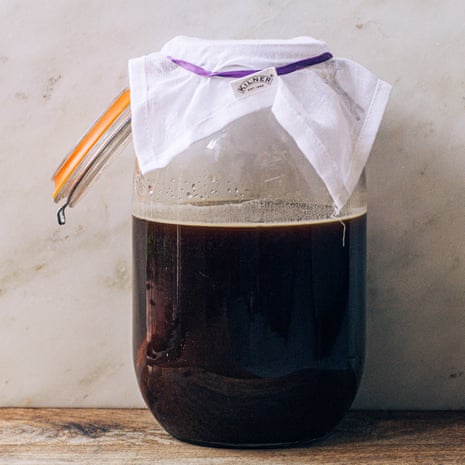Coffee valentines day gift
If only the world’s annual 10bn kilos of used coffee grounds were used for fertiliser, leathers, skin-care products and even bio-fuel. A serious caffeine kick’: Tom Hunt’s spent coffee valentines day gift ground kombucha. Last modified on Sat 14 Jan 2023 14.
Mabel said as she handed me a huge bag of used coffee grounds. Last week, someone came in asking me for some to make a plant-based leather. I walked out grinning from ear to ear, happy to connect with a local barista and to have just scored a kilo of Browns of Brockley’s finest used coffee grounds. Across the world, almost 10bn kilos of coffee beans are consumed each year, and those beans are grown on 10m hectares across the so-called bean belt, an area roughly 25 degrees on either side of the equator. For starters, they are free, and they are also carbon-positive, because you’re repurposing a product that would otherwise have gone to waste. I was happy to learn recently that coffee drinking is associated with increased longevity and a reduced risk of cardiovascular disease. If you’re sensitive to caffeine as I am, don’t worry, because it’s likely that the other 100 or more biologically active components in coffee contain the health benefits.

Also, this recipe will work just fine using caffeine-free coffee, too. Measure two litres of just-boiled water into a heatproof glass or ceramic jug, stir in the sugar and spent coffee grounds, and leave to infuse overnight. The next day, strain the flavoured water through a non-metallic sieve into a fermentation jar, add the kombucha and gently float the scoby on top. Cover the jar with a clean tea towel, secure it in place with a rubber band or string, then put the jar in a warm, roughly 20C spot out of direct sunlight. Strain into sterilised bottles, keeping back 300ml of backslop for the next batch, and store in the fridge, or leave to ferment a second time, which will carbonate the drink. Media Limited or its affiliated companies.
On this Wikipedia the language links are at the top of the page across from the article title. The drink is made from the seeds of the coffee plant, called coffee beans. Coffee is usually served hot, and is a popular drink in many countries. Coffee contains a chemical called caffeine, a mild drug that keeps people awake. To make a drink from coffee beans, the beans must first be specially prepared by drying the beans and then roasting. The beans are dried a short time after they are picked. This preserves them and makes them ready to be packed or roasted.
Coffee contains a number of useful nutrients, including riboflavin, niacin, magnesium, potassium, and various phenolic compounds, or antioxidants. There are two main types of coffee plants. The Coffea arabica, the most common. Most of the world’s coffee is made from Arabica beans, and the Coffea robusta, which is easier to grow in places where Arabica will not grow. Robusta is cheaper and has more caffeine than Arabica and it is used in many commercial coffee products. But Robusta tastes bitter and acidic, so people only drink it with other things. In the past, people gave names to new Arabica coffees from the port they came from.